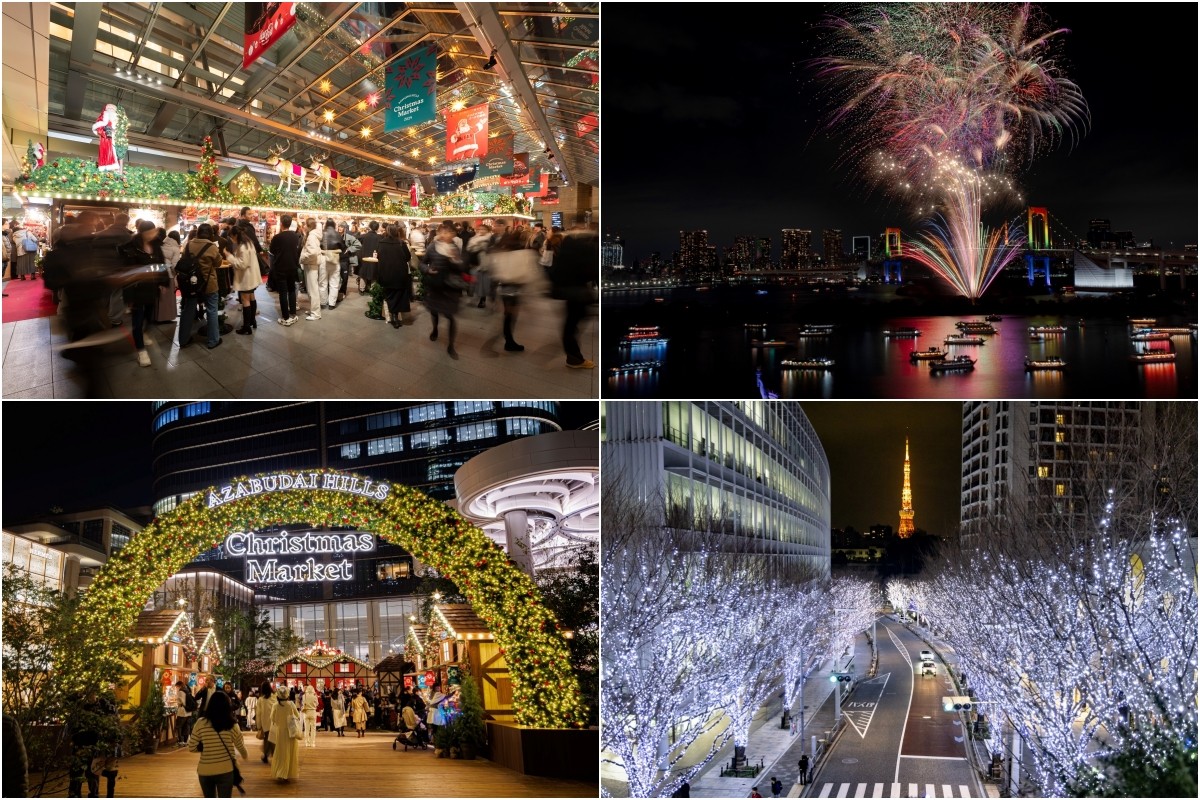
From winter to spring, Tokyo is filled with seasonal events such as illuminations, fireworks, and festive Christmas and New Year’s celebrations. December, January, and February are when the entire city sparkles, making them the perfect months for sightseeing and outings. From traditional festivals with a long history to the latest events at popular spots, there’s something for everyone—whether you’re sightseeing or enjoying a date. In this article, we’ve carefully selected and will introduce some of the best winter-to-spring events held in Tokyo.
*If you purchase or reserve products introduced in this article, a portion of the sales may be returned to FUN! JAPAN.
🚅 Book your Shinkansen ticket with NAVITIME Travel! 👉 Click here
What to Know Before Attending Events in Tokyo! Average Temperatures in December, January, and February
To fully enjoy Tokyo’s winter events and festivals, it’s important to know the typical temperatures in advance.
Average Temperatures in Tokyo Over the Past 3 Years
| Year | December | January | February |
| 2022 | 7.5℃ | 4.9℃ | 5.2℃ |
| 2023 | 9.4℃ | 5.7℃ | 7.3℃ |
| 2024 | 8.1℃ | 7.1℃ | 8.0℃ |
*Source: Japan Meteorological Agency
Temperature Characteristics and Clothing Tips
The average temperature in December is around 8°C. While it can be relatively comfortable during the day if the sun is out, mornings and evenings get quite chilly, so a coat or down jacket is essential. January is the coldest month of the year, with average temperatures around 6°C. On some days, temperatures can drop close to 0°C in the mornings and evenings, so accessories like scarves and gloves are also useful. February remains cold, with temperatures typically around 6–7°C. If you plan to spend long hours outdoors for events or viewing illuminations, layering and winter accessories will help keep you warm.
❄What Should You Wear When Traveling in Japan in Winter?
☃Winter Domestic Travel Packing Checklist: What Essentials Should You Bring?
Illuminations in Tokyo Held in December, January, and February

When it comes to winter in Tokyo, you can’t miss the dazzling winter illuminations that light up the city. Popular spots in central Tokyo, such as Roppongi Hills’ “Keyakizaka Illumination” and Marunouchi Illumination, attract crowds every year. The cityscape wrapped in sparkling lights creates a romantic atmosphere, perfect for dates or a night out.
- Locations: Roppongi Hills, Marunouchi area, Shibuya, and more
For more details, check out the article below.
🎄12 Best Illuminations & Christmas Markets in Tokyo and Yokohama
[kkday]👉[24/48/72-Hr] Tokyo Subway Ticket | Japan
[December Events] Tokyo Festivals & Events|Plenty of Christmas Markets!
Odaiba Rainbow Fireworks 2025
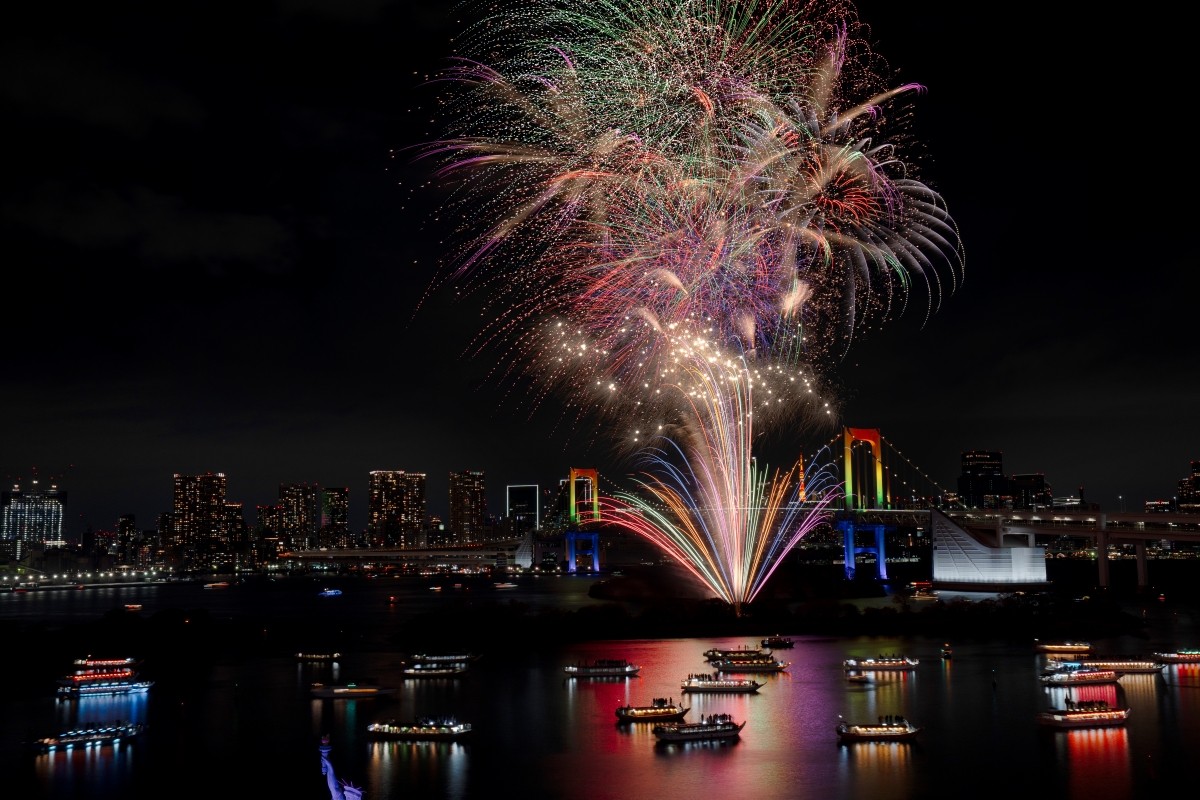
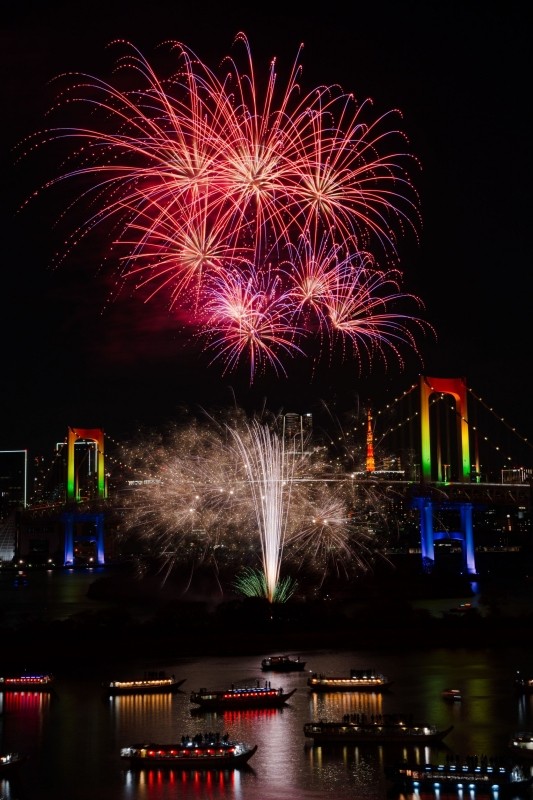
When it comes to classic winter events in Tokyo Bay, the "Odaiba Rainbow Fireworks" is a must-see. Fireworks launched into the clear winter night sky offer a different charm from those in summer.
The fireworks start at 7:00 p.m. every Saturday in December and on Wednesday, December 24. Although the show lasts only about five minutes, the large, beautiful fireworks blooming in the crisp night sky make a powerful impression. The area around Odaiba-kaihinkoen Station offers an open view, so you can watch the show from many different spots.
In addition, illuminations are held at various locations in Odaiba during the same period, so you can enjoy the magical combination of fireworks and lights. Experiencing both fireworks and illuminations in one night is a special treat unique to this season.
- Location: Launched from the area offshore of the Statue of Liberty at Odaiba Marine Park
- Dates: December 6 (Sat), 13 (Sat), 20 (Sat), 24(Wed), 27 (Sat) *Cancelled in case of severe weather
- Time: From 19:00, about 5 minutes
🎄Related Article: 5 Best Seaview Restaurants in Odaiba
Azabudai Hills Christmas Market 2025
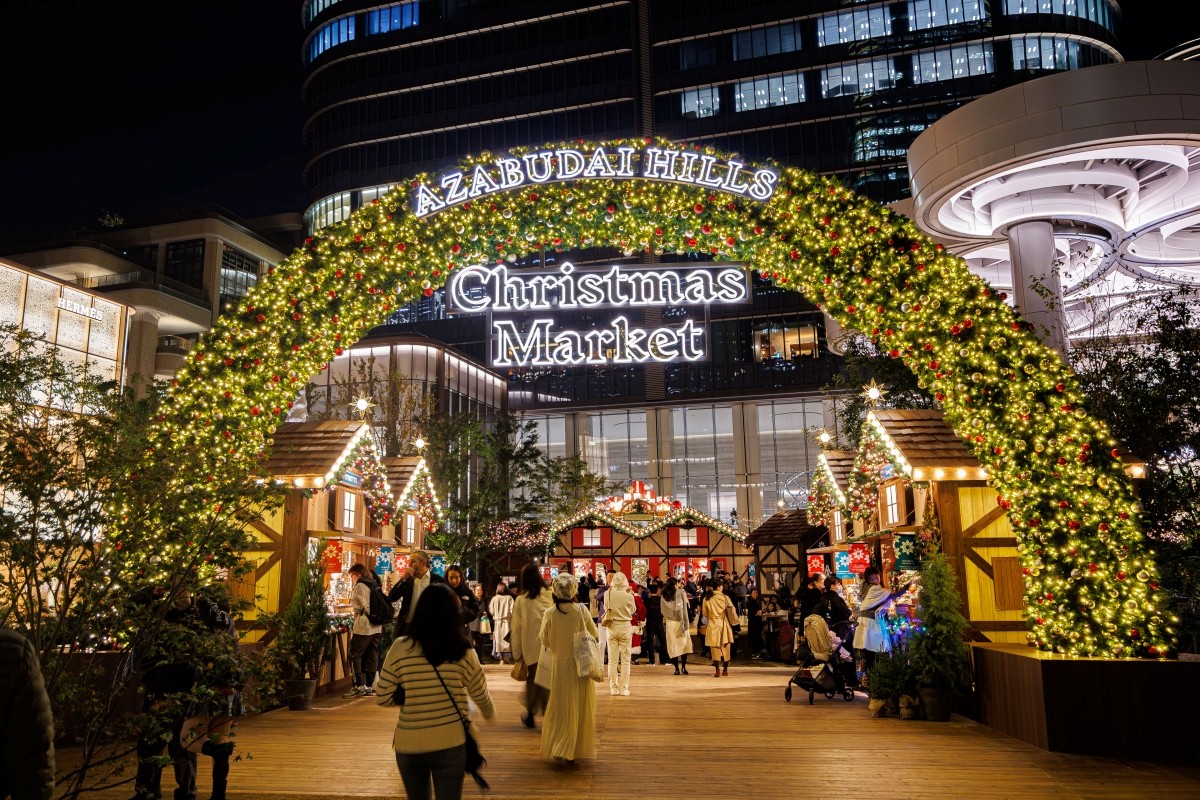
The major winter event at Azabudai Hills, directly connected to Kamiyacho Station, is the "Christmas Market." Passing through the arch-shaped gate in the central plaza, you'll find a full-fledged market with 17 shops. There are 5 retail shops and 12 food and drink stalls, where you can enjoy shopping while savoring hot wine and chicken.
Of particular note are the Christmas ornaments from the famous German brand Käthe Wohlfahrt. The colorful decorations are delightful just to look at and are perfect as souvenirs or for decorating your home.
Also, a tall fir tree at the venue is illuminated in champagne gold, creating a magical and welcoming atmosphere that gently embraces visitors.
- Location: Azabudai Hills Central Plaza (Azabudai Hills Arena and Lawn Area)
- Dates: November 22 (Sat) – December 25 (Thu)
- Time: 11:00–21:00
🎄Related Articles
- [Tokyo] New Spot! Recommended Shops in "Azabudai Hills" & Tips for Not Getting Lost
- [Tokyo] 14 Recommended Restaurants in Azabudai Hills. Enjoy Night Views from the Upper Floors!
Roppongi Hills Christmas Market 2025
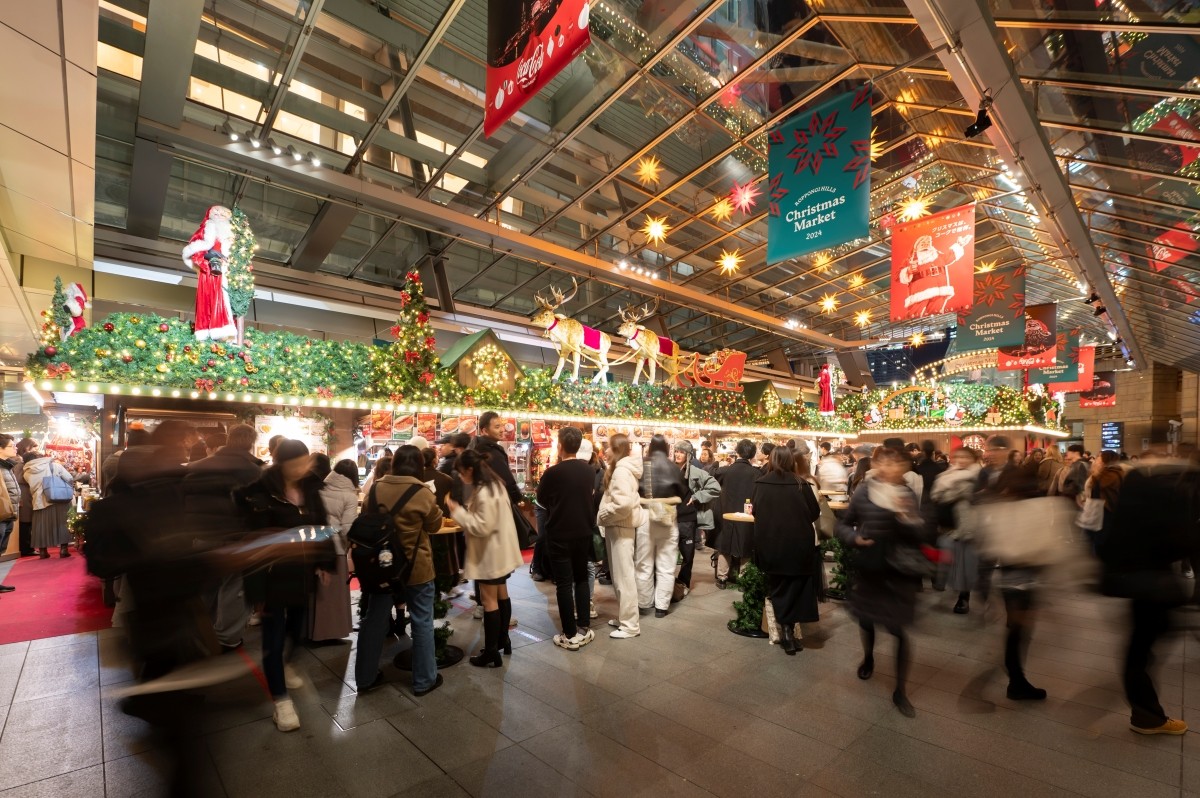
The "Roppongi Hills Christmas Market," now in its 19th year, is one of the most established events of its kind in Japan. The venue recreates the world-famous Stuttgart Christmas Market from Germany, letting you enjoy an authentic Christmas atmosphere right in Tokyo.
At the venue, you’ll find rows of stalls serving authentic German dishes such as Glühwein and sausages that warm both your heart and body. A total of 10 stalls will be open, allowing you to enjoy a special moment that feels like strolling through the streets of Europe with a hot drink in hand.
Furthermore, the area around Roppongi Hills is also famous for its illuminations. At Keyakizaka and 66 Plaza, the entire town is enveloped in a magical landscape of lights. Visiting the market together with these illuminated spots will let you fully soak up the Christmas spirit.
- Venue: Roppongi Hills O-Yane Plaza
- Event Period: November 22 (Sat) – December 25 (Thu)
- Opening Hours: 11:00–21:00
Tokyo Christmas Market 2025
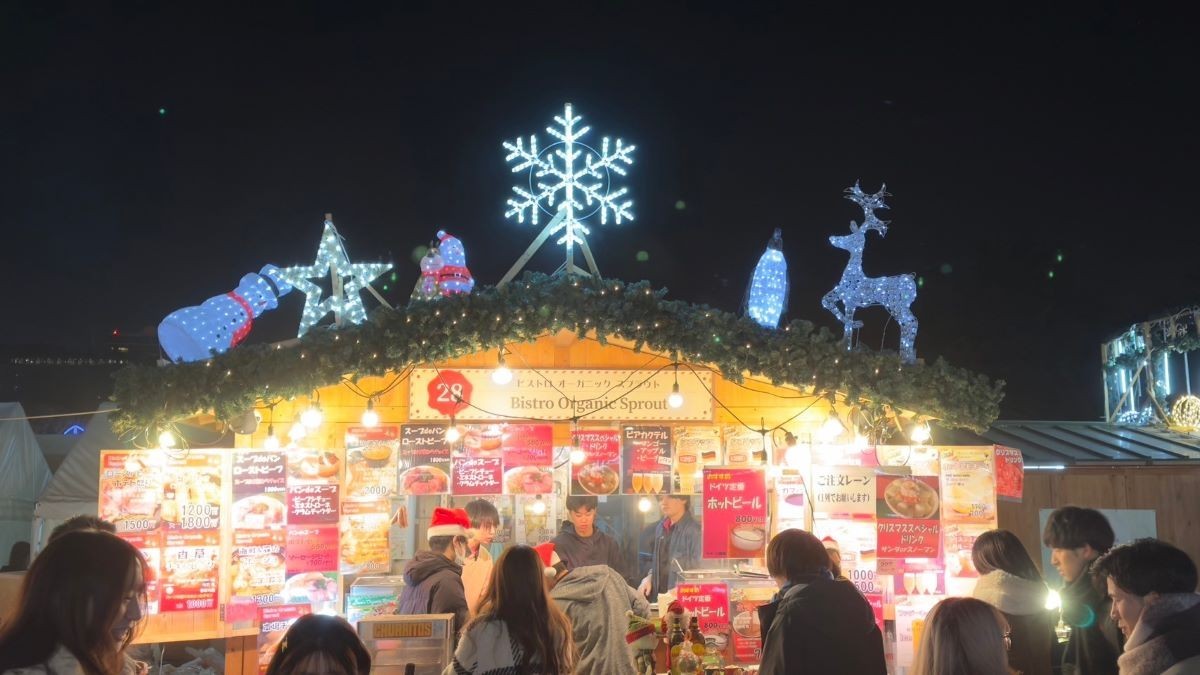
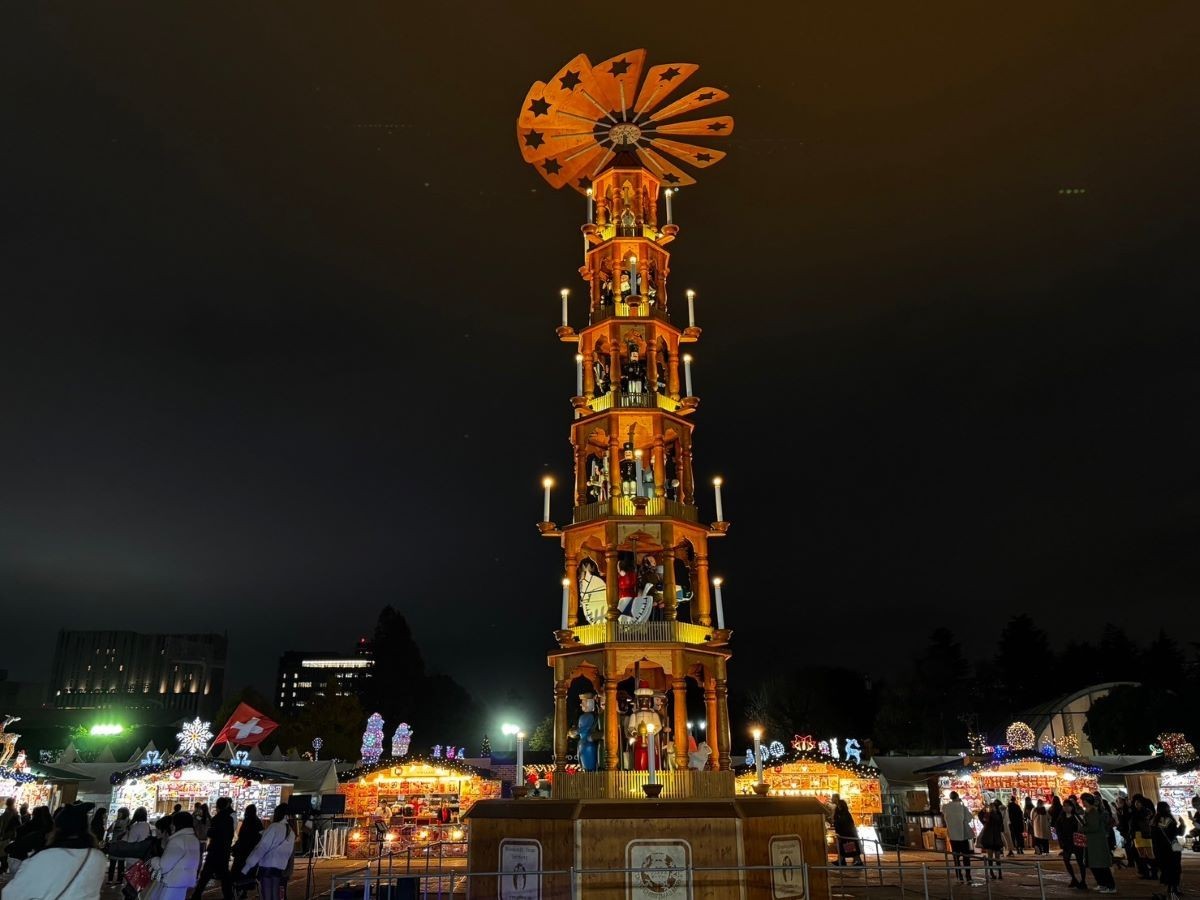
“Tokyo Christmas Market 2025” is one of the largest in Japan, where you can experience the atmosphere of Europe while in Tokyo. This year, it will be held at two venues: Meiji Jingu Gaien and Shiba Park, both bustling with many visitors every year.
The symbol of the venue is a gigantic 14-meter-tall Christmas pyramid. It boasts the same impressive scale as the one at Dresden’s world-famous Christmas market, and is extremely popular as a photo spot.
Inside the venue, you’ll find shops selling Christmas candles, ornaments, and other goods, as well as stalls offering traditional German cuisine, allowing you to experience a truly European holiday atmosphere.
Meiji Jingu Gaien Venue
- Venue: In front of the Meiji Memorial Picture Gallery & General Sports Ground, Meiji Jingu Gaien
- Event Dates: November 21 (Fri), 2025 – December 25 (Thu), 2025
- Opening Hours: 11:00–21:30 (Last order 21:00) *First day 16:00–21:30 / Last entry 20:30
- Admission Fee:
- November 21 – December 19
- Adults (junior high school students and above): Weekdays ¥1,000, Weekends & Holidays ¥1,500
- Children (elementary school students): ¥500, Preschool children: Free
- December 20 – December 25
- Adults (junior high school students and above): ¥2,000
- Children (elementary school students): ¥1,000, Preschool children: Free
Shiba Park Venue
- Venue: Tokyo Metropolitan Shiba Park Area 4 (Onarimon Station Square)
- Event Dates: December 5 (Fri), 2025 – December 25 (Thu), 2025
- Opening Hours: 11:00–22:00 (Last order 21:30) *First day 16:00–22:00 / Last entry 21:00
- Admission Fee:
- December 5 – December 19
- Adults (junior high school students and above): Weekdays ¥1,000, Weekends & Holidays ¥1,500
- Children (elementary school students): ¥500, Preschool children: Free
- December 20 – December 25
- Adults (junior high school students and above): ¥2,000
- Children (elementary school students): ¥1,000, Preschool children: Free
Setagaya Boroichi Market
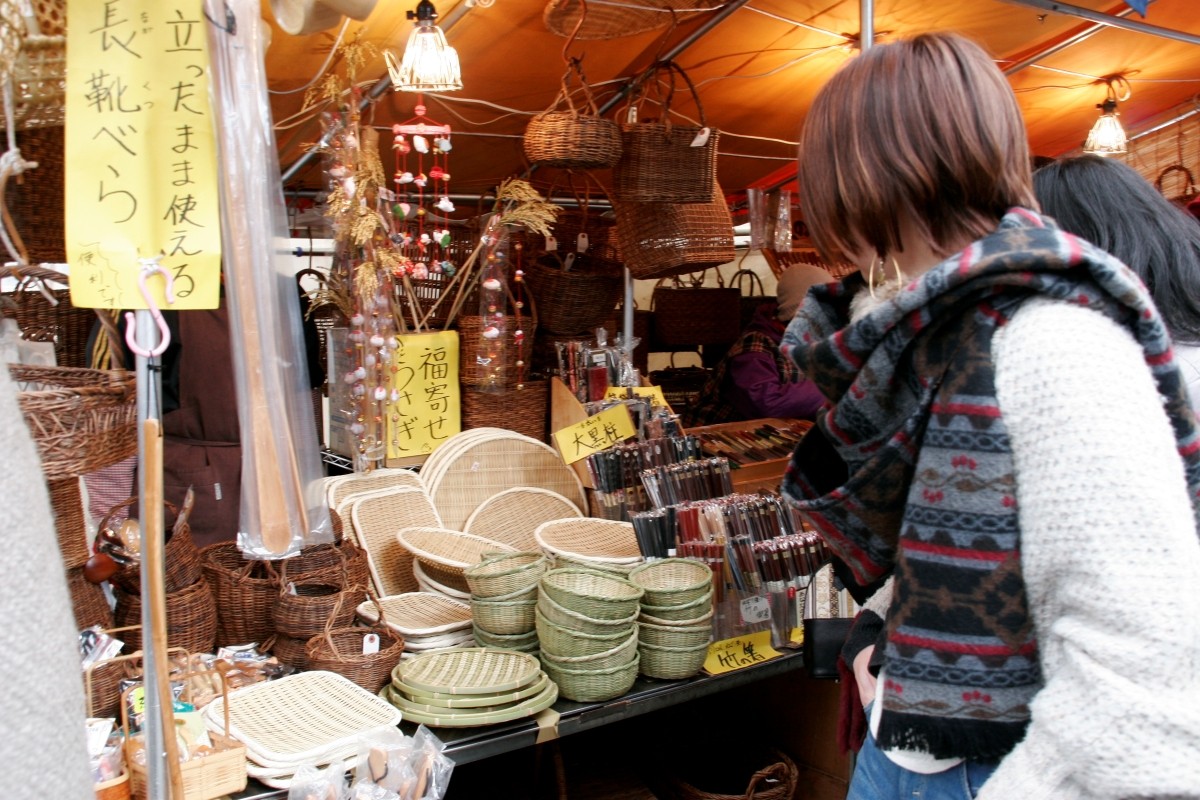
Boasting a history of about 440 years, the “Setagaya Boroichi Market” is a traditional fair designated as an Intangible Folk Cultural Asset of Tokyo. Originally, “boro” meant old cloth, and scraps of fabric were traded, but now a wide variety of goods are sold, including daily necessities, accessories, toys, and plants.
The local specialty is freshly pounded “Daikan Mochi.” Strolling around the stalls while enjoying this mochi is the classic way to enjoy the market. Shops selling antiques and vintage clothing are still going strong, letting you feel the nostalgic charm of the original Boroichi. About 200,000 people visit each time, and the event is held for two days each in December and January.
- Venue: Boroichi Street and surrounding area, Setagaya 1, Setagaya-ku, Tokyo
- Event Period: Four days every year—December 15 & 16, January 15 & 16
- Opening Hours: 9:00–20:00
Comic Market
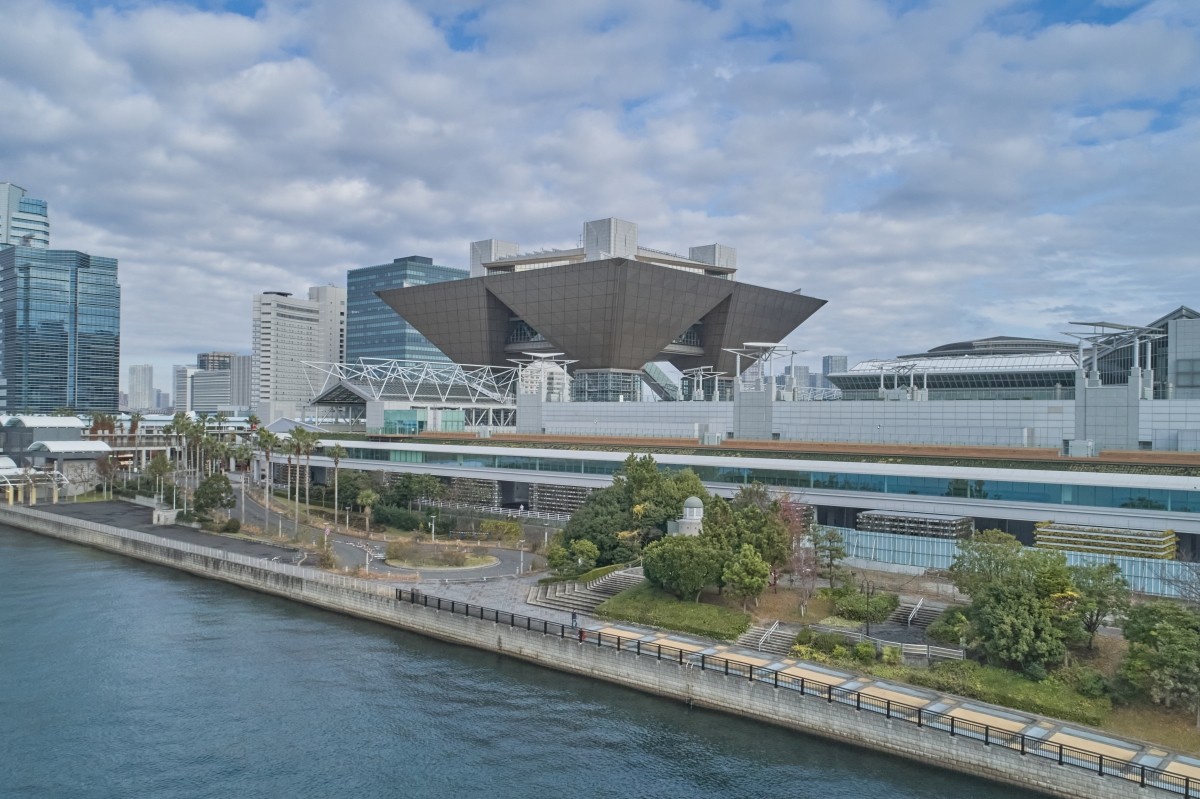
Comic Market, commonly known as "Comiket," is one of the world's largest doujinshi conventions, held twice a year—summer and winter—at Tokyo Big Sight since 1975. In the winter of 2024, about 29,000 circles participated as exhibitors.
Participants range from amateur doujin creators to professional manga artists, offering both derivative and original works. The genres are not limited to manga, but also include novels, critiques, music works, and more. Many creators who gained popularity here have gone on to achieve mainstream success.
Cosplay is also a major highlight of the event. Anyone can participate by registering in advance (¥500 per day).
- Venue: Tokyo Big Sight (East Halls 4–8, West Exhibition Hall, South Exhibition Hall, etc.)
- Dates: December 30 (Tue) – 31 (Wed), 2025
- Hours: 10:30–16:00 *Corporate booths are open only on the first day until 17:00
Joya no Kane (New Year's Eve Bell Ringing at Zojoji, etc.)
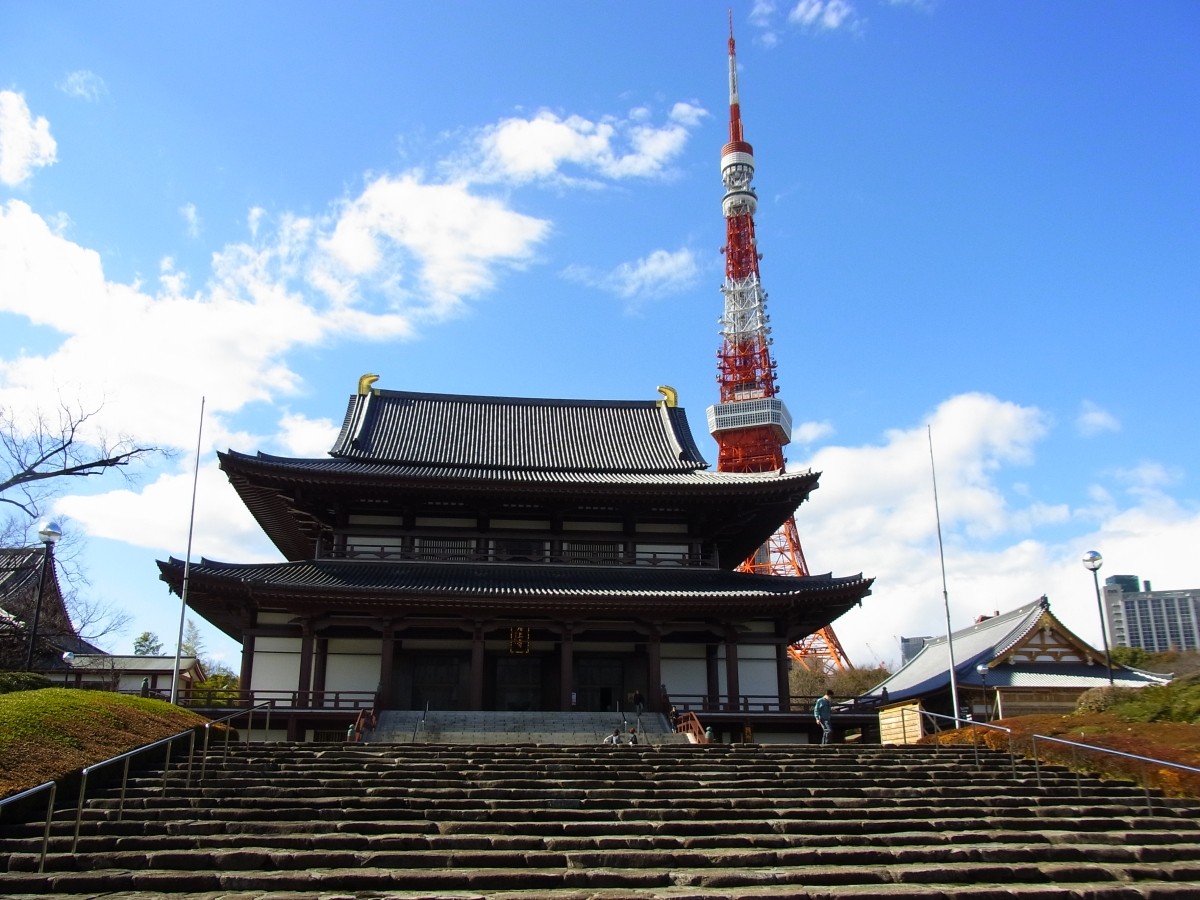
"Joya no Kane," the ringing of temple bells on New Year's Eve, is a beloved New Year’s tradition across Japan, including Tokyo. According to Buddhist teachings, the bell is struck 108 times—the number of earthly desires—to cleanse oneself of the past year's impurities and welcome the new year with a pure heart.
In Tokyo, the Joya no Kane at Zojoji Temple is particularly famous and even broadcast on TV. Many visitors gather in the temple grounds, and the solemn scene of welcoming the new year to the deep sound of the bell is truly awe-inspiring. Other historic temples such as Sensoji and Kaneiji also hold this event, letting you experience Japan's long-standing New Year's traditions right in Tokyo.
- Venue: Temples throughout Tokyo
- Dates: Night of December 31 – early morning of January 1 (every year)
【January Events】Festivals & Events in Tokyo|New Year & Winter Traditions
Hatsumode (First Shrine Visit of the Year at Meiji Jingu, etc.)
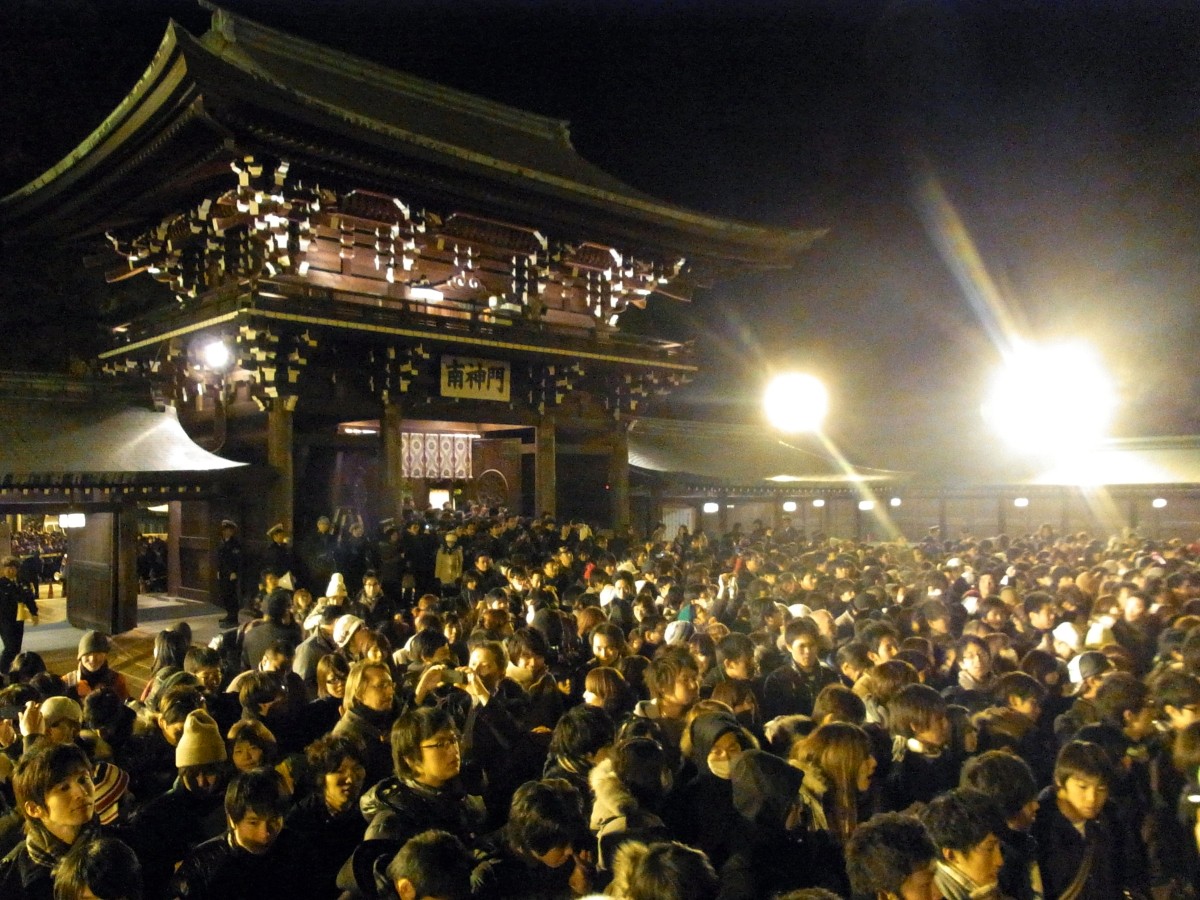
"Hatsumode," the first shrine or temple visit of the new year, is one of Japan’s most iconic New Year customs. Families and friends pray for health and happiness in the coming year, and scenes of people receiving omamori (amulets) and omikuji (fortunes) are a familiar sight in Japan during winter.
In Tokyo, Meiji Jingu is one of the most popular spots, drawing about 3 million visitors every year. Passing through the grand torii gate and walking along the wide approach to welcome the new year is a truly special experience. Sensoji and Nishiarai Daishi are also popular, with their grounds bustling with people celebrating the new year.
- Venue: Shrines and temples throughout Tokyo
Daruma Market (at Takahata Fudoson, etc.)
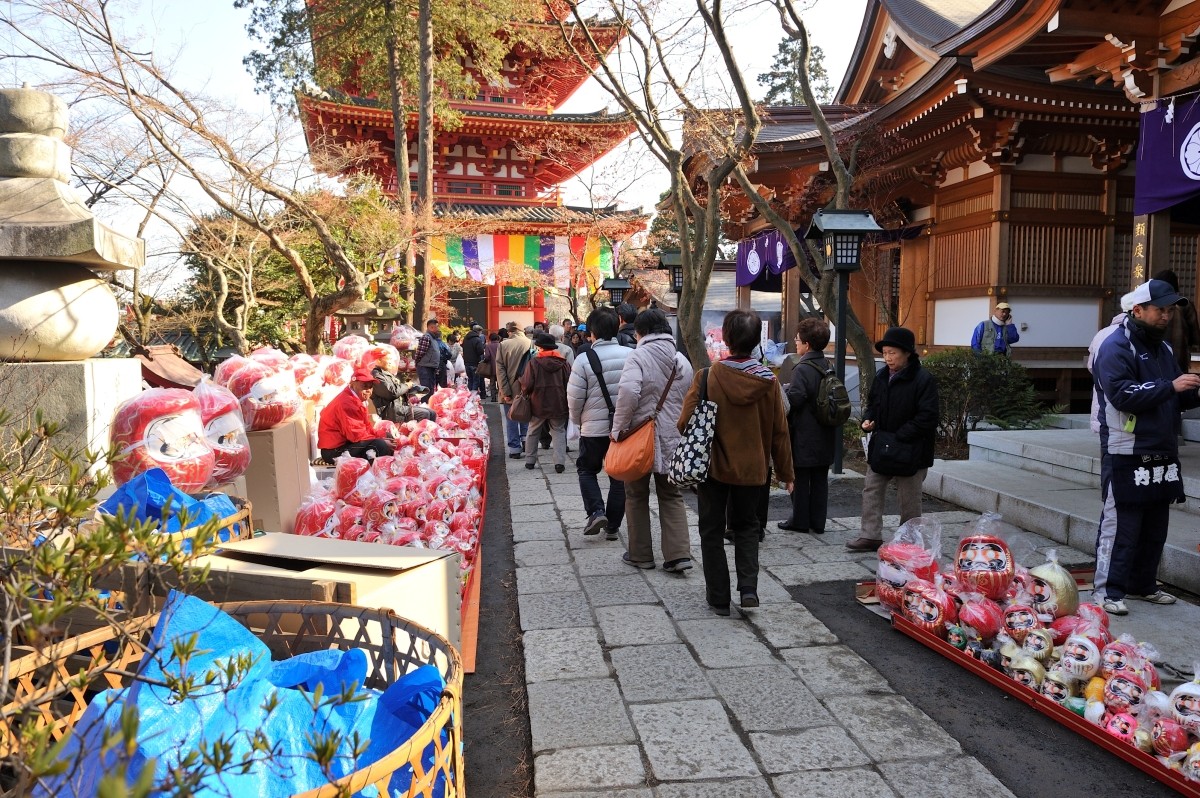
The "Daruma Market," a beloved New Year's tradition, is a market specializing in lucky papier-mâché daruma dolls. People pray for family safety, business success, and good health, and you can see visitors having their old daruma dolls blessed and buying new ones.
The most famous is the Daruma Market at Takahata Fudoson, one of the three major Fudoson temples in the Kanto region. The temple grounds are lined with daruma dolls of all sizes, and visitors carefully choose their new daruma, each filled with wishes for the coming year. The Daruma Markets at Haijima Daishi and Ome are also well known.
Takahata Fudoson Daruma Market
- Address: 699 Takahata, Hino City, Tokyo
- Dates: January 28 (Wed) & February 3 (Tue), 2026
- Hours: Around 10:00–15:00
Uso-kae Ritual
The "Usokae Shinji" is a New Year's ritual passed down at Tenmangu shrines, which enshrine Sugawara no Michizane (Tenman Daijizaitenjin), known as the god of learning. In this ceremony, worshippers offer a wooden bullfinch (uso), considered a "bird that brings good fortune," to the shrine and exchange it for a new one. It is believed that by doing so, past misfortunes turn into “lies” (uso), inviting good luck for the year ahead. In Japanese, "bullfinch" (鷽) and "lie" (嘘) are both pronounced "uso," making this a play on words as well.
In Tokyo, the ceremonies at Yushima Tenjin and Kameido Tenjin, both famous for their association with academic success, are especially well-known. Many visitors receive a new bullfinch and pray for happiness and success in their studies for the coming year.
- Location: Yushima Tenjin, Kameido Tenjin, and other Tenmangu shrines in Tokyo
- Date: Yushima Tenjin – January 25 / Kameido Tenjin – January 24 & 25
Tondo-yaki
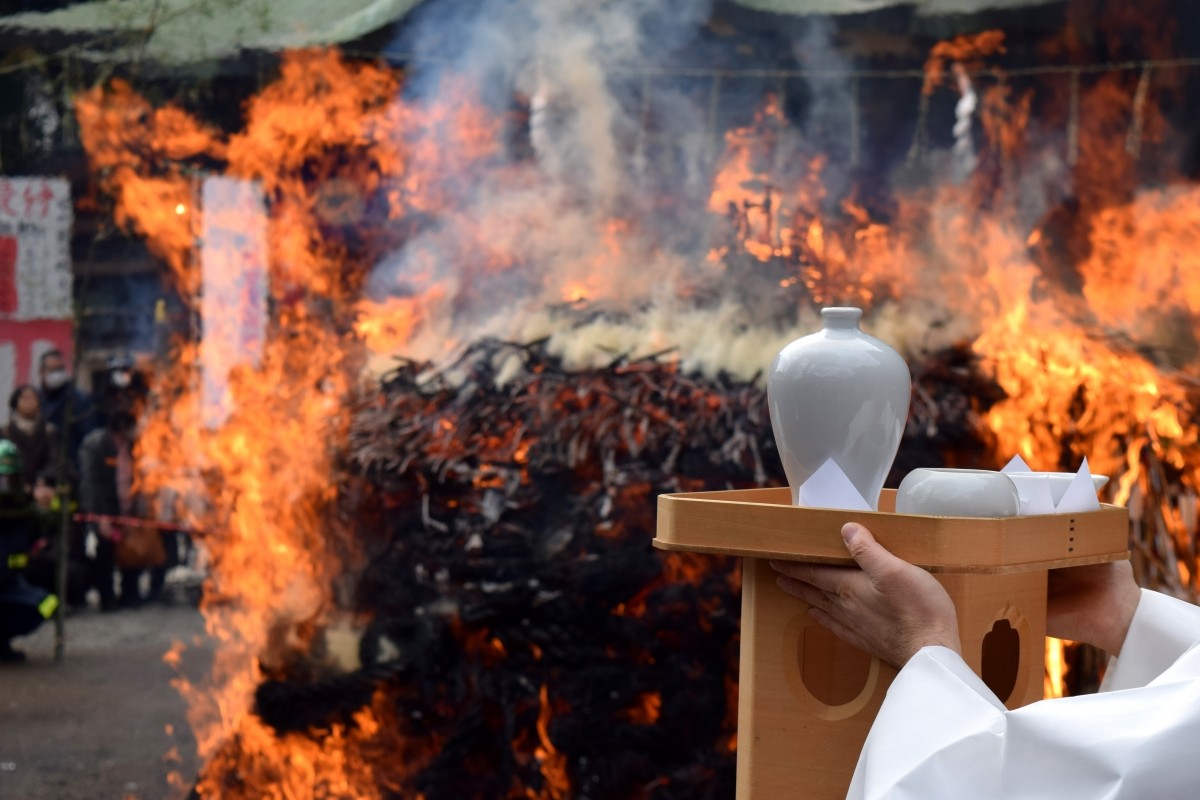
"Tondo-yaki" is a traditional Japanese event where people bring New Year's decorations such as kadomatsu and shimekazari to be burned in a bonfire, praying for safety and good fortune in the new year. It is believed that wishes for family safety, good health, and a bountiful harvest will reach the heavens along with the burning decorations, and this custom has been practiced in various regions for generations.
In Tokyo, Tondo-yaki is held at shrines throughout the city from around January 7 to 15, with the events at Torigoe Shrine and Hie Shrine being particularly famous. Standing before the flames rising into the winter sky, you’re sure to feel a sense of purification and renewal for the year ahead.
- Location: Torigoe Shrine, Hie Shrine, and various locations throughout Tokyo
- Period: Annually from around January 7 to 15
[February Events] Festivals and Events in Tokyo | Setsubun and Flower Festivals
Setsubun & Mamemaki
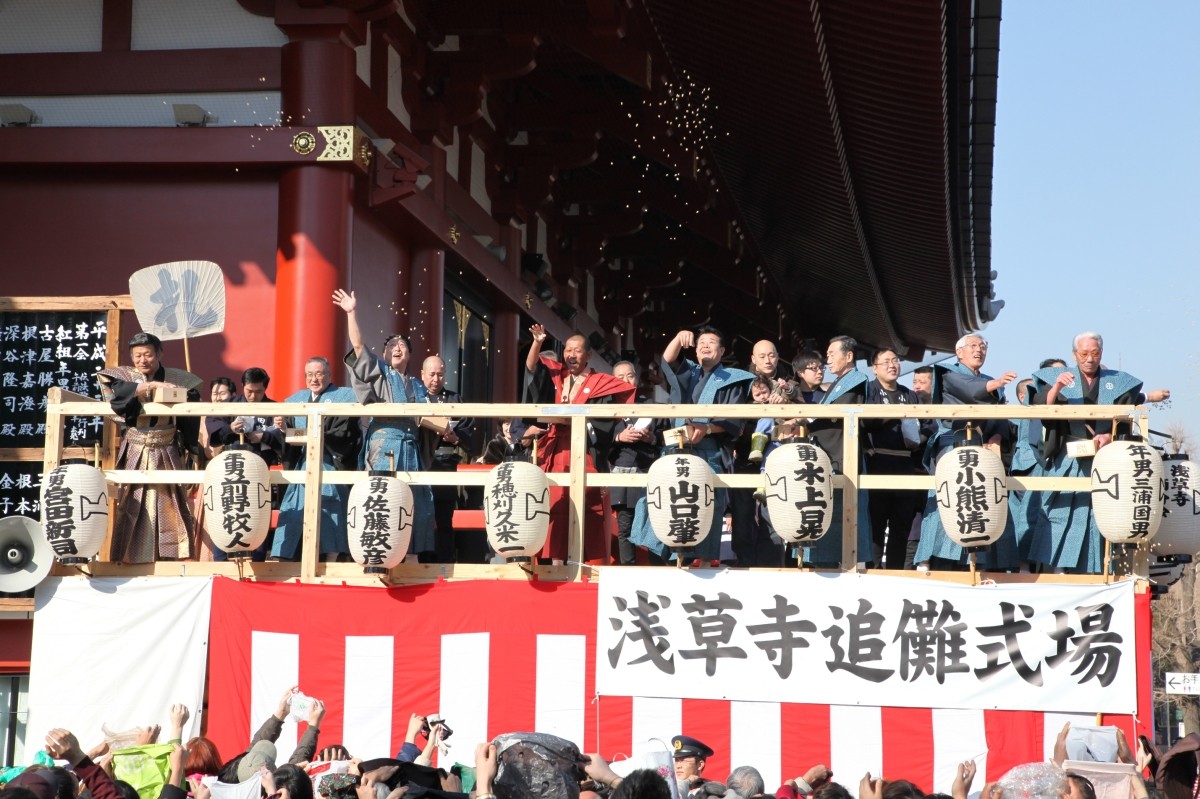
"Setsubun," held around February 3, is a traditional Japanese event to ward off misfortune and evil spirits at the change of seasons. By throwing beans while chanting "Oni wa soto, fuku wa uchi" ("Demons out, good fortune in"), people pray for good health and family safety throughout the year.
Large-scale mamemaki (bean-throwing) events are held at shrines and temples across Tokyo. At Senso-ji and Ikegami Honmon-ji, famous celebrities often participate, making these events a hot topic every year. At Takahata Fudoson, Hello Kitty is scheduled to join the bean-throwing as well.
- Location: Senso-ji, Ikegami Honmon-ji, Takahata Fudoson, and various places in Tokyo
- Date: Annually around February 3
✨Related article: A thorough guide to the origins and history of Setsubun, Mamemaki, and Ehomaki
Hari Kuyo (Senso-ji)
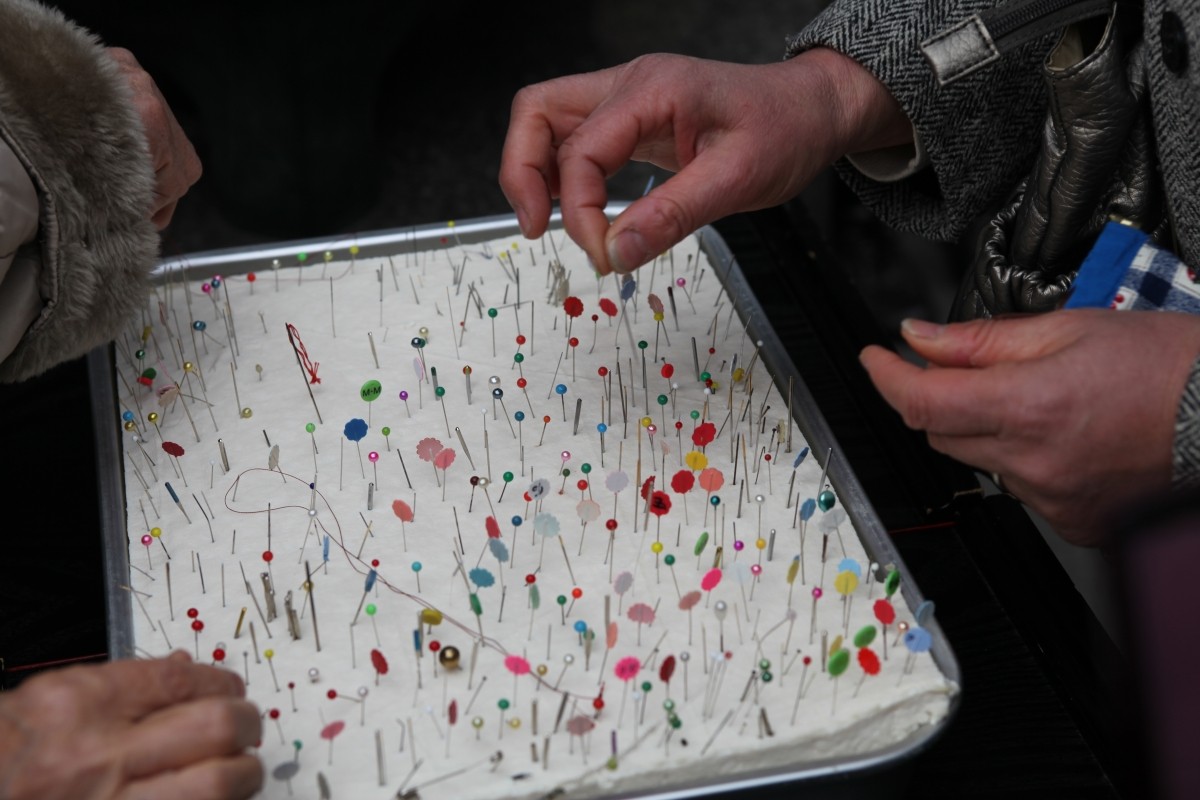
"Hari Kuyo" is a traditional Japanese ceremony to honor broken or rusted needles, express gratitude for daily work, and pray for improvement and safety in needlework. The ritual involves sticking needles into soft tofu or konnyaku, offering thanks for their service.
Senso-ji has Awashima-do, and thanks to the influence of "Awashima Gannin," who spread the virtues of Awashima Myojin during the Edo period, the tradition of Hari Kuyo flourished here. During the Hari Kuyo ceremony at Senso-ji, you can see people involved in needlework offering prayers by sticking needles into tofu.
- Location: Senso-ji
- Date: Annually on February 8
👉【byFood】Asakusa After Sunset: Evening Walking Tour w/ 2 Food Stops Let a local guide you through the whimsical streets of Asakusa at night. See Sensoji Temple, stroll by the riverside lit by a twinkling Skytree and enjoy two food stops along the way.
Bunkyo Ume Matsuri (Yushima Tenmangu)
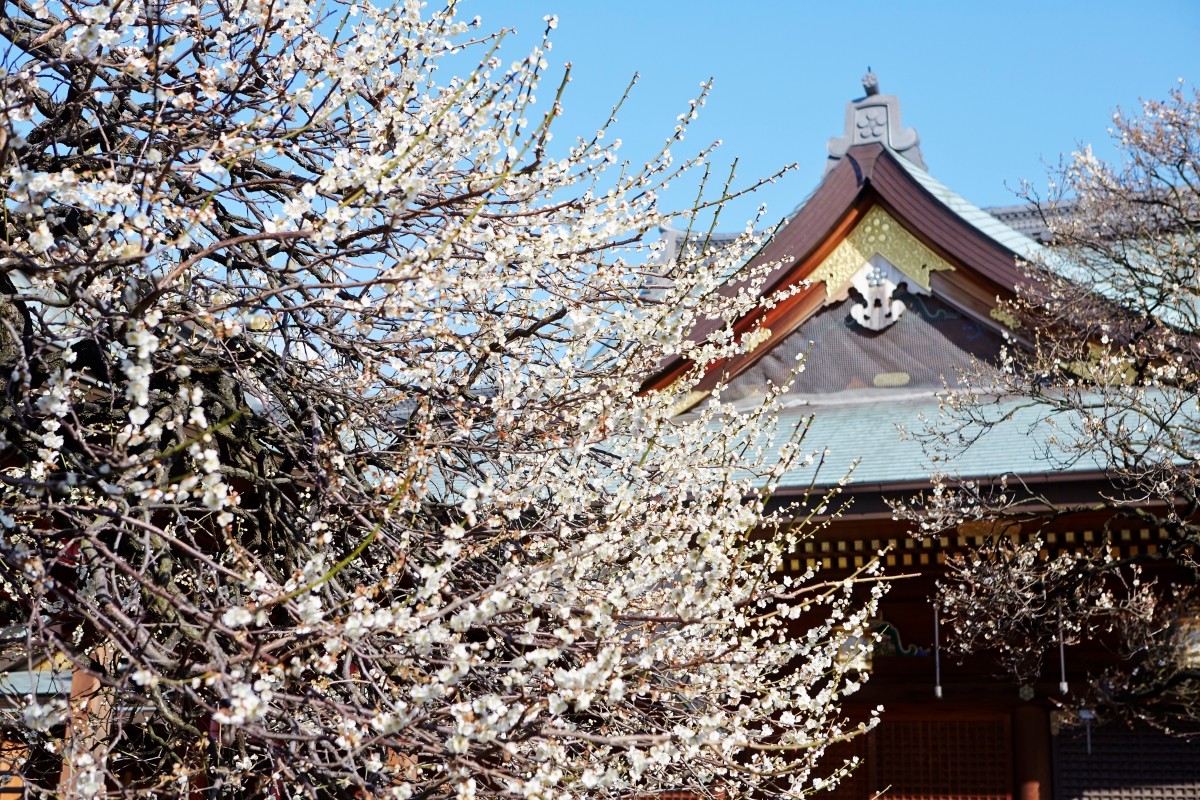
The "Bunkyo Ume Matsuri" is an early spring tradition held at Yushima Tenmangu since 1956. The enshrined god of learning, Sugawara no Michizane, is also known for his deep love of plum blossoms.
Yushima Tenmangu has been famous for its plum blossoms since the Edo period, with about 300 plum trees—mainly white blossoms—blooming in the precincts. During the festival, a variety of events such as gagaku (court music), outdoor tea ceremonies, and local product fairs are held, allowing visitors to feel the arrival of spring while offering prayers.
- Location: Yushima Tenmangu
- Period: February 8 – March 8, 2025
Edo Nagashibina
The "Edo Nagashibina" held on the banks of the Sumida River is a traditional event that prays for children's health and well-being. Participants write their names and wishes on water-soluble hina dolls, and by floating them down the river, they ward off misfortune and pray for healthy growth.
The venue is the Azumabashi Waterside Terrace in Taito City. The sight of gently setting the nagashibina afloat on the Sumida River from a specially made slope is enchanting, offering a unique atmosphere that heralds the arrival of spring. The event is held every year on the Sunday closest to Hinamatsuri (March 3). Participants purchase a nagashibina (1,000 yen) and send it down the river with their wishes.
- Venue: Azumabashi Waterside Terrace (Sumida River bank / Taito City)
- Date: Scheduled for Sunday, February 22, 2025
- Time: 11:30 AM – 1:00 PM (Reception: 11:00 AM – 12:30 PM)
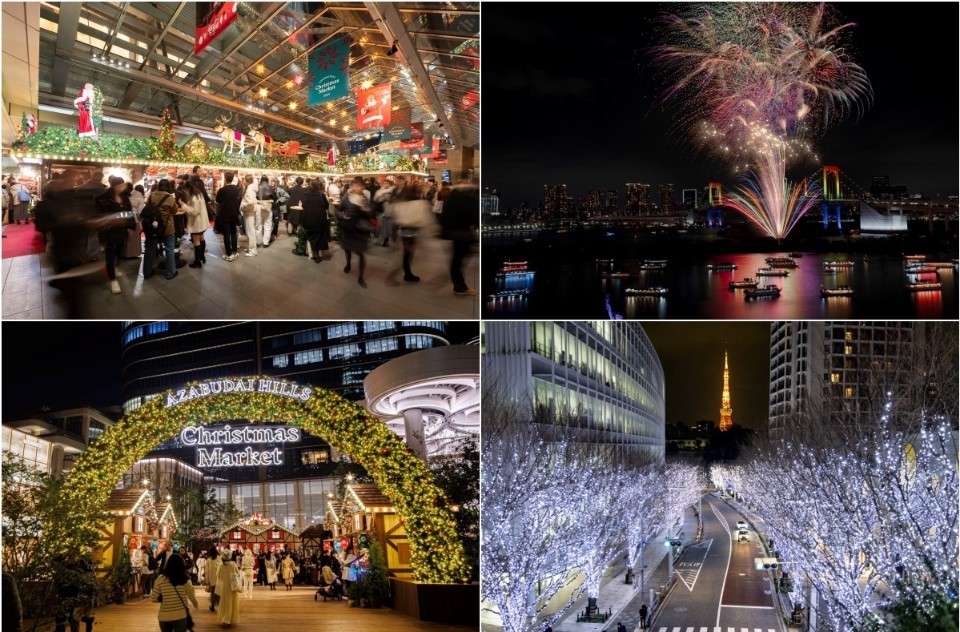
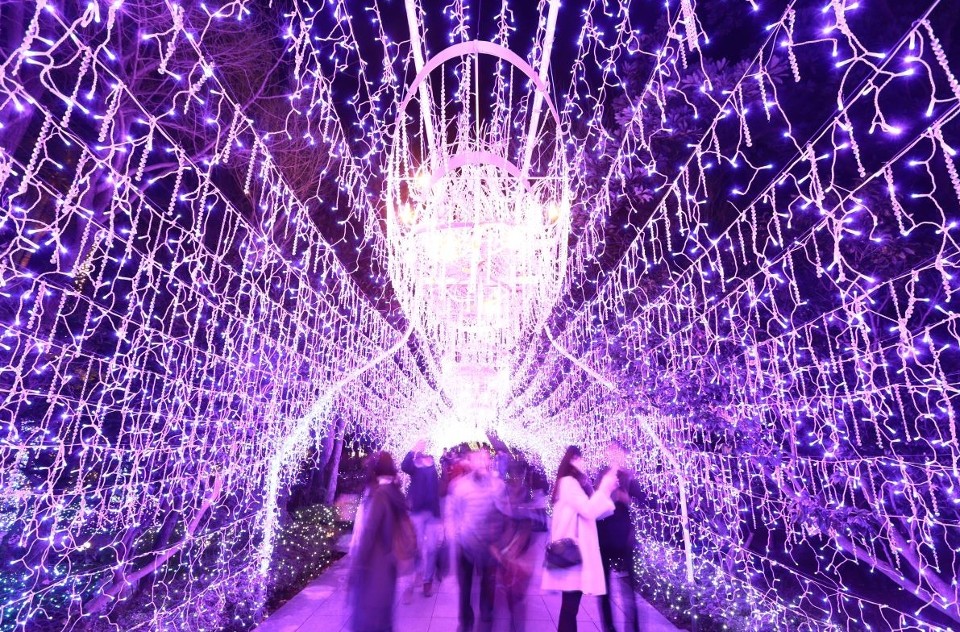

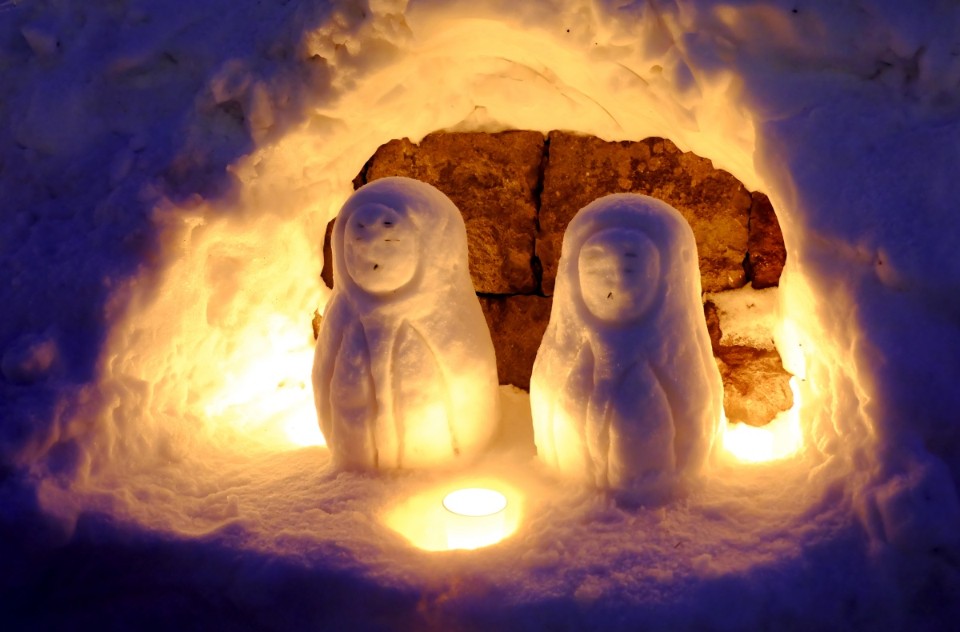
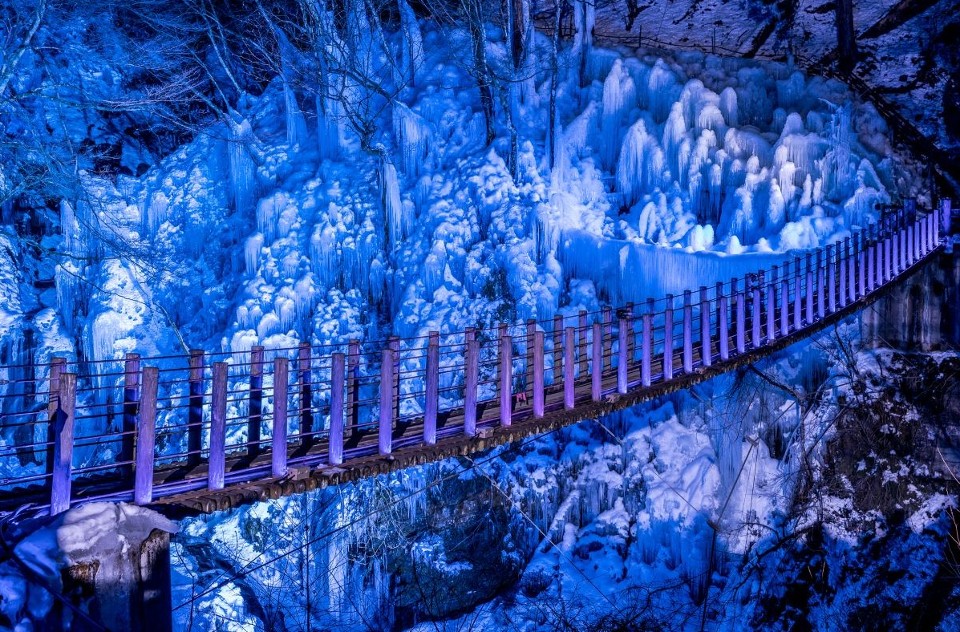
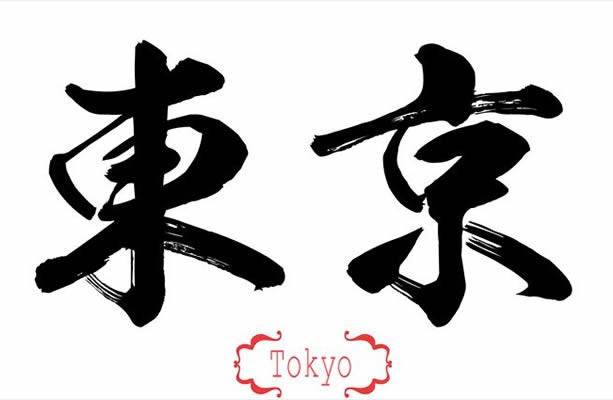
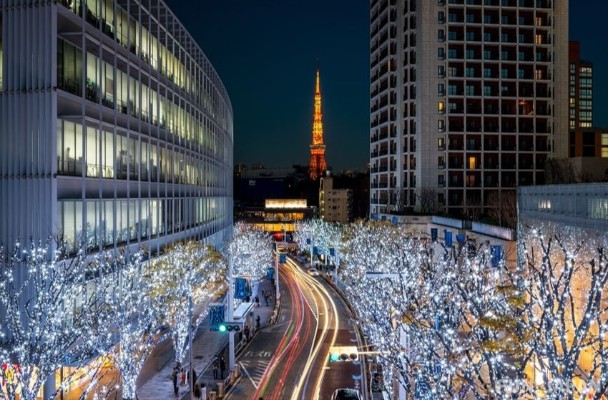
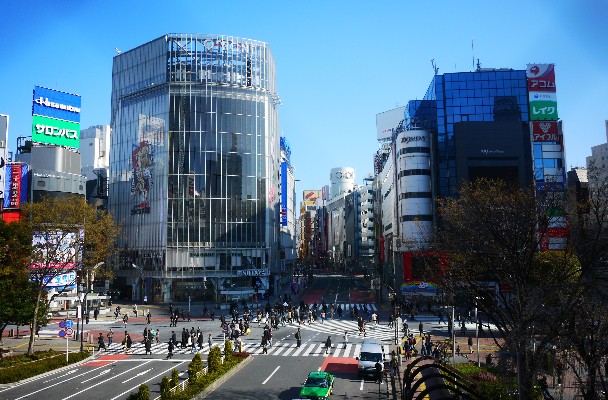
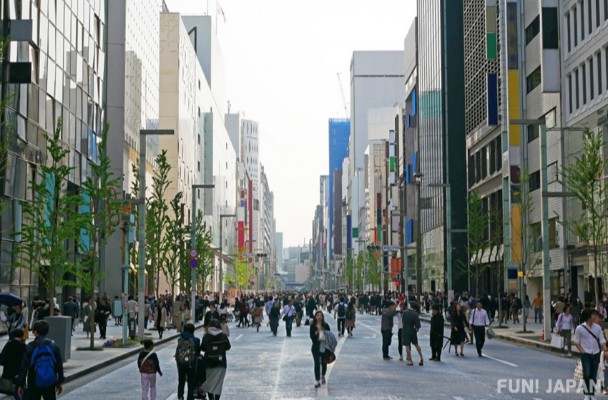
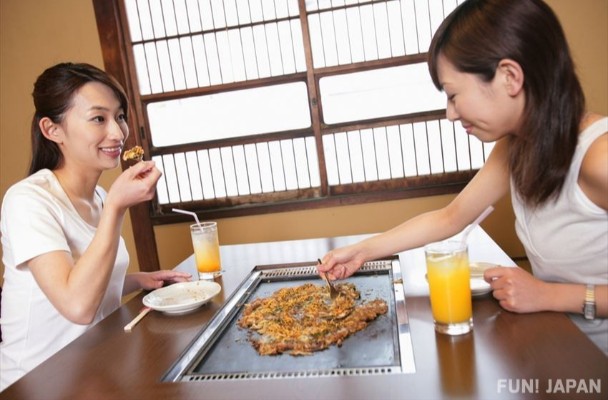
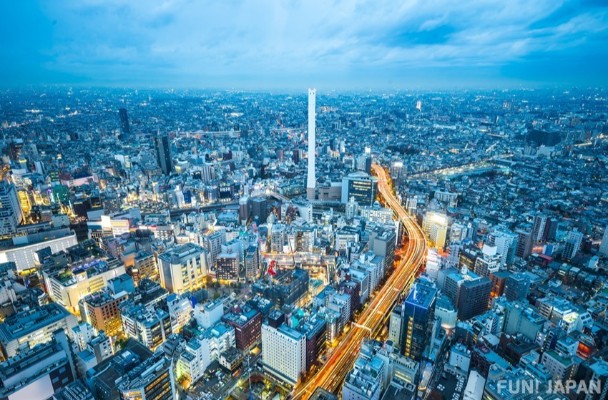
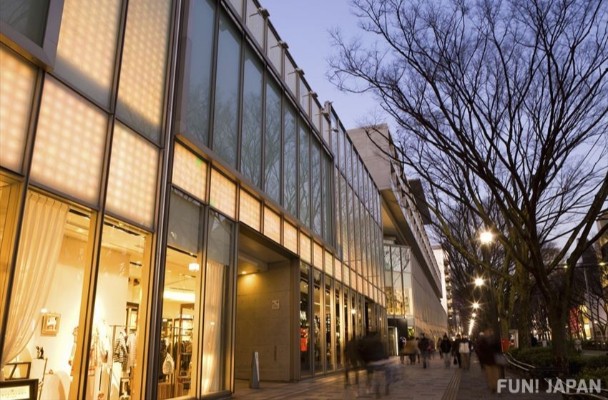
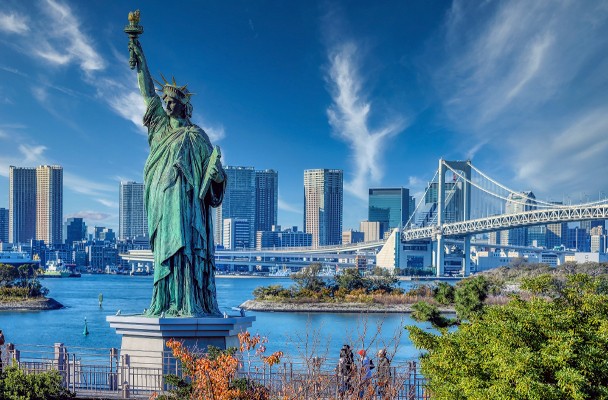
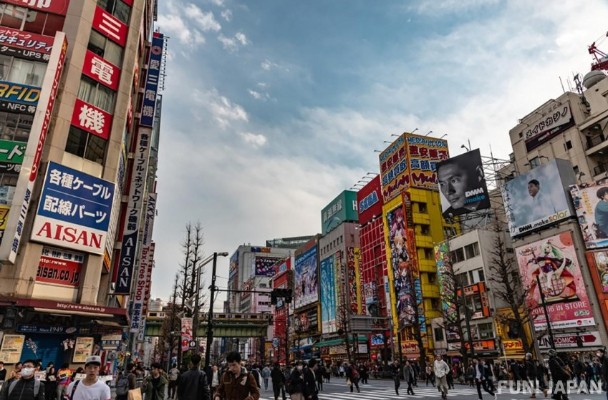
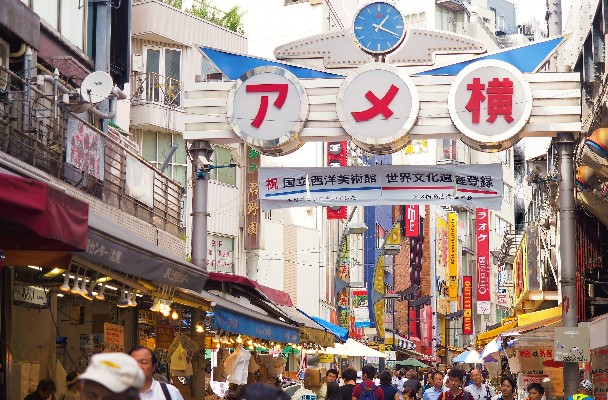
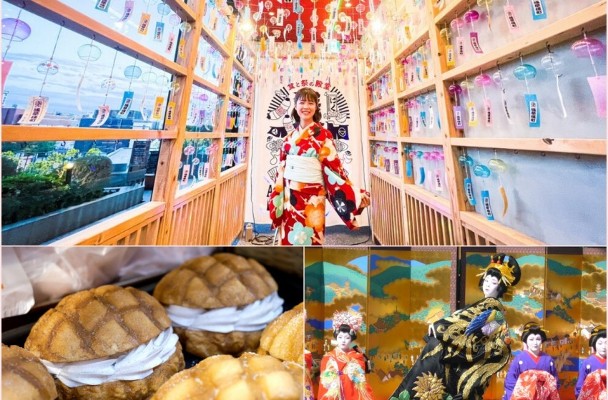
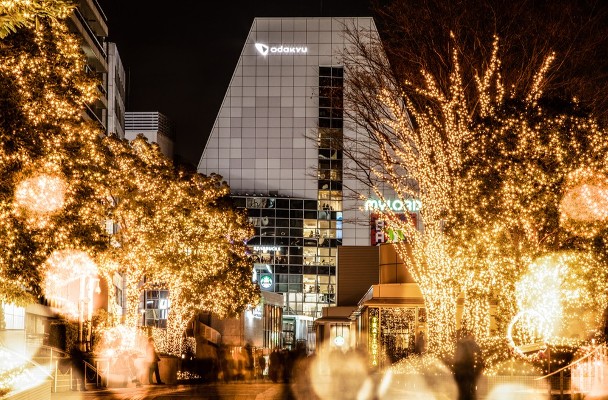
Comments